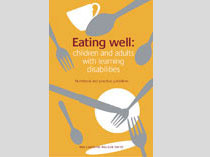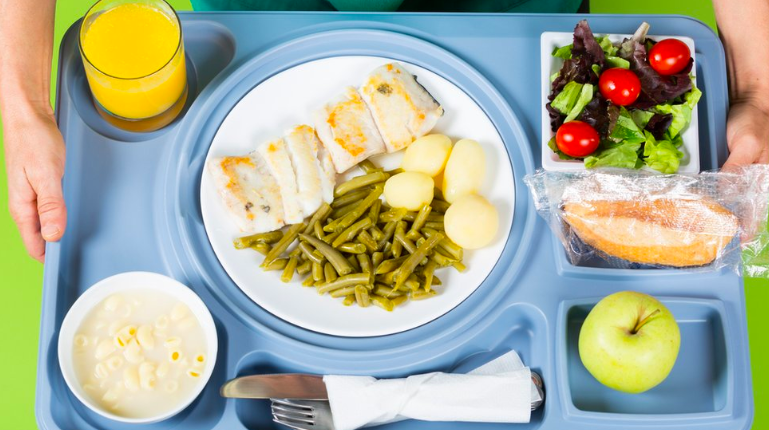CWT response to the Department of Health Childhood Obesity Consultation
Our Trust is very aware that childhood obesity has become one of the most serious public health issues of our time. Overweight and obese children are most likely to remain obese into adulthood and develop non-communicable diseases. (1) It has been well established that obesity is multifactorial and a result of biological, behavioural and environmental factors that are well beyond the control of a single individual.
Food advertising, television and the internet, have been identified as factors contributing to the excess consumption of energy dense and nutrient poor foods high in fat, salt and sugar (HFSS) in children. (2, 3, 4) A number of systematic reviews have found food advertising to influence children’s food preferences, purchase requests and consumption. Research suggests that children are unable to understand the persuasive intent of marketing and so remain a vulnerable group to its effects. (5)
It is clear from the evidence base that short-term exposure to food advertising increases energy consumption, specifically that of unhealthy foods and that there is a need for policymakers to address this public health issue. (6) Therefore, we welcome the Government’s consultation on further restricting advertising for products high in fat, salt and sugar. This is a positive step towards the Government’s ambition of halving childhood obesity by 2030.
As trustees of The Caroline Walker Trust, we fully support the introduction of a 9 pm watershed on HFSS adverts across all media. It reflects changing viewing habits with further Ofcom research finding children are increasingly watching videos, TV programmes and films on their own devices, often on- demand, rather than on a dedicated TV channel with parental supervision.
Television
We support Option 1: introduce a 9 pm – 5:30 am watershed on broadcast TV. Research shows that junk food advertising influences children’s food preferences (7), and how much they eat (8), with one study finding that children who can recall seeing unhealthy food and drink adverts on television daily are more than twice as likely to be obese. This leads to children pestering parents to purchase unhealthy products. (9) Restricting the advertising of products high in fat, salt and sugar during the times further when children are most likely to watch television, would help reduce their intake of products high in fat, salt and sugar (10,11,12).
Nutrient profiling has been recognised by WHO as a useful tool for a variety of applications and is considered to be a critical tool for the implementation of restrictions on the marketing of foods to children.
We support the use of the Nutrient Profile Model to identify food and drinks which should be subject to the restrictions. This is an evidence-based tool which is already used to restrict advertising.
Online
We support Option 1: introduce a 9pm-5.30 am watershed online. Evidence shows that children who used the Internet for over 3 hours per day are almost 4 times more likely to buy junk food products than children who used the Internet for little or no time. (13) It also makes children almost 3 times more likely to pester their parents for junk food. Restricting the advertising of products high in fat, salt and sugar online would help reduce children’s intake of products high in fat, salt and sugar. (14)
We support the use of the Nutrient Profile Model to identify food and drinks which should be subject to the restrictions. This is an evidence-based tool which is already used to restrict advertising.
—the end—
1 Sahoo, K., Sahoo, B., Choudhury, A. K., Sofi, N. Y., Kumar, R., & Bhadoria, A. S. (2015). Childhood obesity: causes and consequences. Journal of family medicine and primary care, 4(2), 187–19.
2 Adams, J., Tyrrell, R., Adamson, A. J., & White, M. (2012). Effect of restrictions on television food advertising to children on exposure to advertisements for ‘less healthy’ foods: repeat cross-sectional study. PloS one, 7(2), e31578.
3 Kelly, B., Halford, J. C., Boyland, E. J., Chapman, K., Bautista-Castaño, I., Berg, C., … Summerbell, C. (2010). Television food advertising to children: a global perspective. American journal of public health, 100(9), 1730– 1736.
4 Boyland, EJ, Whalen, R. (2015). Food advertising to children and its effects on diet: review of recent prevalence and impact data. Pediatr Diabetes, 16( 5), 331‐ 337.
5 Boyland E, Nolan S, Kelly B (2016). Advertising as a cue to consume: a systematic review and meta-analysis of the effects of acute exposure to unhealthy food and non-alcoholic beverage advertising on intake in children and adults. Am J Clin Nutr, 103 (2), 519-533.
6 Russell, S., Croker, H., & Viner, R. (2018). The effect of screen advertising on children’s dietary intake: A systematic review and meta-analysis. Obesity Reviews, 20(4), 554-568.
7 Boyland E, Nolan S, Kelly B (2016). Advertising as a cue to consume: a systematic review and meta-analysis of the effects of acute exposure to unhealthy food and non-alcoholic beverage advertising on intake in children and adults. Am J Clin Nutr, 103 (2), 519-533.
8 Public Health England (October 2015). Sugar Reduction: the evidence for action.
92018. Cancer Research UK. A Prime Time for Action: new evidence on the link between television and on-demand marketing and obesity.
10 http://obesityhealthalliance.org.uk/wp-content/uploads/2019/02/OHA-9pm-watershed-position-Feb-2019.pdf
11 Hastings, G. (2006). The extent, nature and effects of food promotion to children: a review of the evidence. WHO 16.
12 McDermott L et al. (2006). International food advertising, pester power and its effects. International Journal of Advertising.
13https://www.cancerresearchuk.org/sites/default/files/jfm_briefing_jan_19.pdf
14https://www.cancerresearchuk.org/sites/default/files/jfm_briefing_jan_19.pdf






